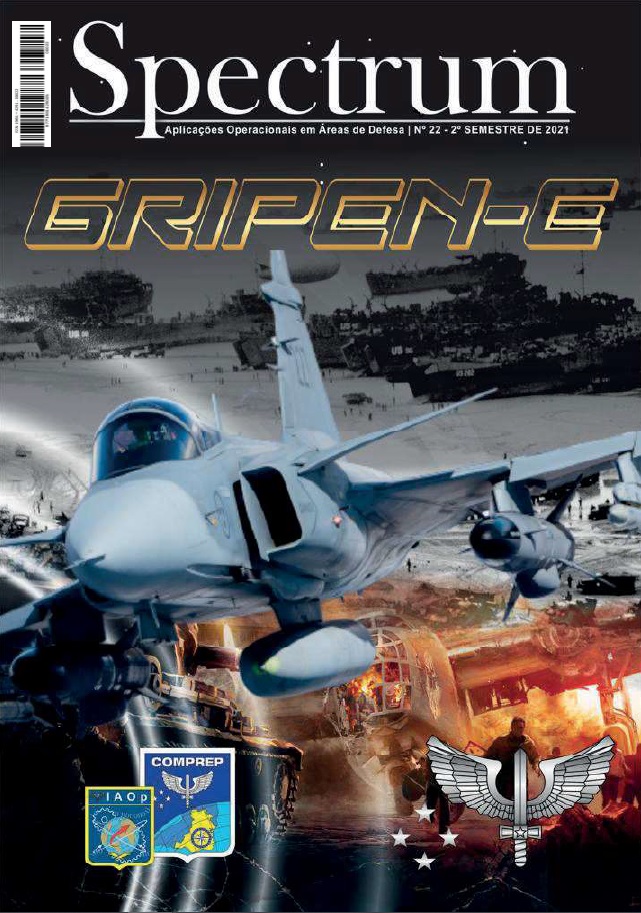Structuring the resource allocation in response natural disaster phase using the Value-Focused Thinking (VFT)
DOI:
https://doi.org/10.55972/spectrum.v22i1.166Keywords:
Problem Structuring Methods, Disaster Management, Humanitarian Logistics, Resource Allocation, Value-Focused Thinking (VFT)Abstract
Many countries experiences every year several natural disasters or human catastrophes which takes thousands of millions souls. A lot of mechanisms to predict many kinds of these natural disasters have been developed in the attempt to minimize the amount of victims and it has reached such a successful level. However, even with all these predictive systems, natural disasters still happen and will continue to occur. After a disaster happened the response phase is the mainly way to save affected people. Many countries, organizations and other actors involved in this phase work alone without integration. This way, such phase becomes a difficult and expensive work. This paper aims to suggest a start point to structure and organize the response phase of a disaster, with a systematic application of the Problem Structuring Methods (PSM), focused in the resource allocation for victims rescue.
References
F. Ackermann, "Problem structuring methods ‘in the Dock’: arguing the case for Soft OR", European Journal of Operational Research, vol. 219, n. 3, p. 652-658, 2012.
EM-DAT. The OFDA/CRED International Disaster Database. Brussels, Belgium: Université Catholique de Louvain, 2014.
I. Georgiou "Mapping railway development prospects in Brazil", Transport Reviews, vol. 29, n. 6, p. 685-714, 2009.
I. Georgiou, "Messing about in transformations: structured systemic planning for systemic solutions to systemic problems", European Journal of Operational Research, vol. 223, n. 2, p. 392-406, 2012.
IFRC. "What is a disaster", 2013. Disponível em: < https://www.ifrc.org/en/what-we-do/disaster-management/about-disasters/what-is-a-disaster/>.
R.L. Keeney, "Value-Focused Thinking: A Path to Creative Decisionmaking", United States of America, Harvard University Press, 1992. 416 p, ISBN 0-674-93197-1.
R.L. Keeney, "Value-Focused Brainstorming”, Decision Analysis, vol. 9, n. 4, p. 303-313, 2012.
R.L. Keeney, "Value-focused thinking: Identifying decision opportunities and creating alternatives", European Journal of Operational Research. vol. 92, n. 3, p. 537-549, 1996.
J. Mingers, J. Rosenhead, "Problem structuring methods in action", European Journal of Operational Research, vol. 152, n. 3, p. 530-554, 2004.
J. Rosenhead, "Past, present and future of problem structuring methods", J Oper Res Soc, vol. 57, n. 7, p. 759-765, 2006. ISSN 0160-5682. Disponível em: <http://dx.doi.org/10.1057/palgrave.jors.2602206>. Acesso em: 24 fev. 2014.
R.V.V. Vidal, " Operational Research: A multidisciplinary field", Pesquisa Operacional, vol 26, n. 1, p. 69-90, 2006.
C. Eden, F. Ackermann,"Cognitive mapping expert views for policy analysis in the public sector", European Journal of Operational Research, vol. 152,n. 3,p.615-630, 2004
C.T. Bornstein, J. Rosenhead, " The role of operational research in less developed countries: A critical approach", European Journal of Operational Research, vol. 49, n. 2,p. 156-178, 1990.
Downloads
Published
How to Cite
Issue
Section
Categories
License
Copyright (c) 2021 Sergio Rebouças, Rodrigo Arnaldo Scarpel, Mischel Carmen Neyra Belderrain

This work is licensed under a Creative Commons Attribution-NonCommercial-ShareAlike 4.0 International License.



